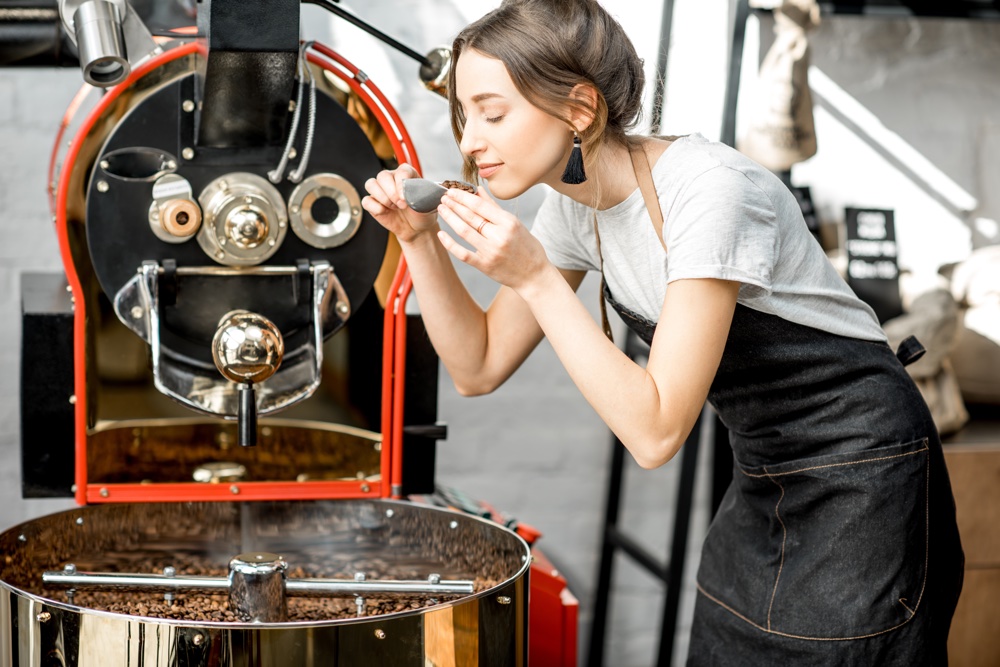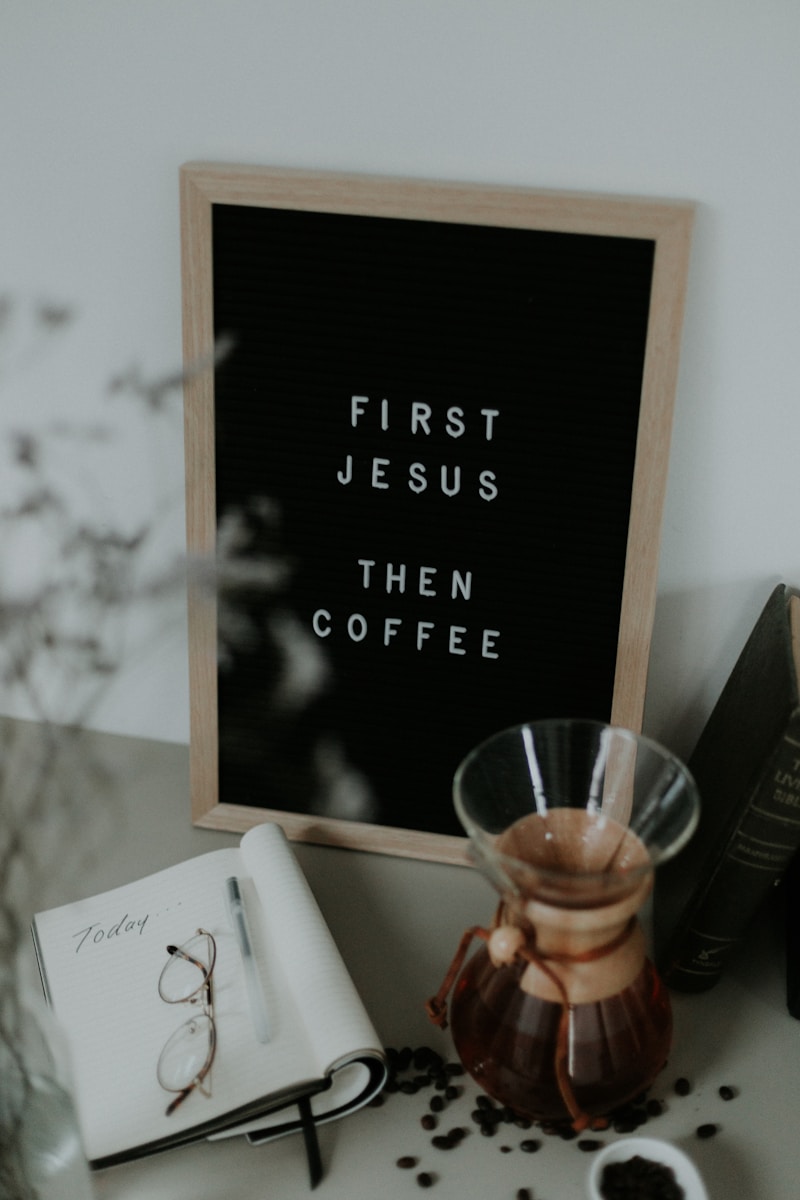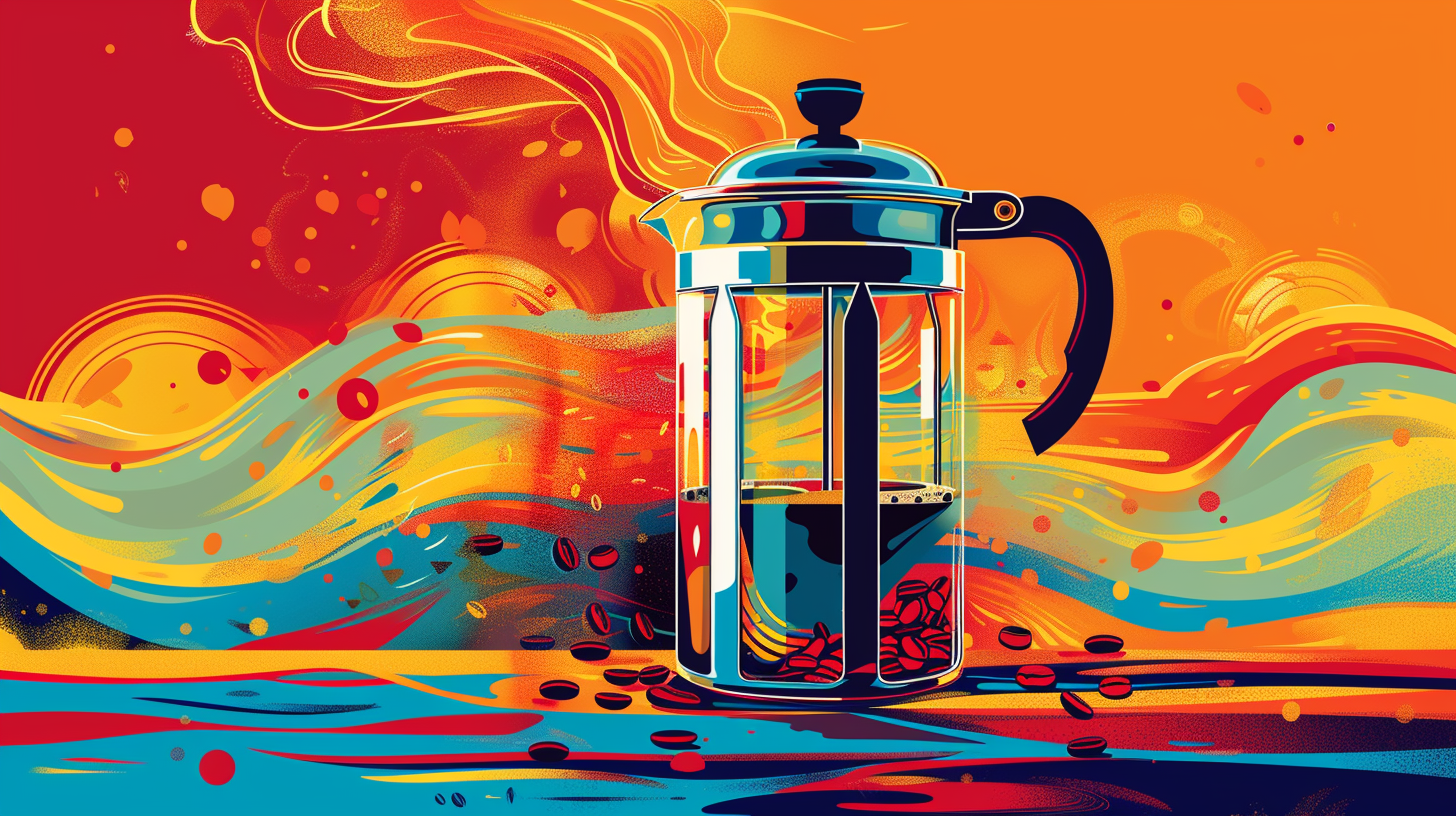Blog
Learning How To Roast Coffee Beans
Roasting coffee beans may seem like an impossible task!
It doesn’t have to be as long as you’re willing to follow instructions, find the right tools, and get started immediately. The basics are easy to understand once the process gets underway.
Key Details to Note Down
Before starting, let’s take a look at a few pertinent details to keep in mind at all times.
Chaff
This term is used as a way to describe skin found on unroasted coffee beans. This skin will start to peel apart as soon as the beans have been roasted and it’s best to be aware of this well in advance. If you’re doing this manually, you’ll want to focus on the chaff and make sure it is removed once the roasting has concluded.
Smoke
Coffee roasting brings along with it a number of situations but smoke production is a given. As soon as the roasting begins, you are going to notice the development of smoke. As a result, you want to open a window and/or turn on the fan (hood) immediately. Otherwise, it is going to get stuffy indoors and that’s often unpleasant!
Roasting Aftermath
Along with chaff, you are also going to notice the coffee beans change in dimension and weight. They will get larger the longer you continue to roast them, however, the will also get lighter in weight due to the natural removal of skin.
Roasting Process
It’s now time to move onto the actual process and understand what to expect as you go through the various steps.
In general, you have to prepare the coffee beans by setting the heat to 380+ degrees F. This is going to initiate the roasting process as soon as the heat begins to do its work on the beans. To know whether or not things are working as intended, you are going to hear a “crackling” noise, which often indicates heat being applied to the bean. In most cases, this shouldn’t take longer than 12-15 minutes. Of course, it’s important to note, this is going to depend on how much coffee is being made! The more you are making, the longer it is going to take.
When you start to hear these noises, it is best to start removing beans from the heat in a methodical manner. The only reason to leave it on is if you want a darker roast, which is a personal preference. If so, you are welcome to leave it on for at least another 5 minutes. This should bode well for the final outcome.
Always make sure to do a proper visual test before removing your coffee beans. Otherwise, you may end up removing them too early before the colour sets in. You usually want it to turn out a shade of brown (light or dark). Remember, once you have removed the coffee beans, they cannot go back into the heat. You only get one opportunity!
The crackling noise tends to intensify throughout the process especially after the 12-minute mark. This is often the time people start to ratchet up the heat (430+ degrees F) depending on their desired outcome. You may want to start pouring the milk at this point as it settles in.
Directions for Manual Roasting
Now that we have taken a proper look at some of the steps to keep in mind, let’s breakdown the process as much as possible. Here’s a manual method everyone can use when it’s time to roast coffee beans.
Items needed include:
- Wooden Spoon
- Cast Iron Skillet
- Pot (Lid Included)
- Crank Handle
- Kitchen Scale
- Water
- Timer
- Thermometer
The beauty of this method is it can be applied almost anywhere. In fact, you could be outdoors in the middle of the wood and still get the coffee you’re craving.
Start by taking out the amount of coffee needed (i.e. quarter pound) and pour it into the pot. You will want to turn on the heat (380 degrees F) and let it settle in as mentioned before. This includes waiting 12-15 minutes. You will wait until it starts cracking and then start pouring the same beans onto a separate plate (room temperature). You will want to separate the chaff at this point.
When you are pouring the beans into a pot, you will want to start off as small as possible. Don’t go all out because it’s best to test out how much the pot/skillet can handle. This will bode well for the final outcome. Remember, the beans are going to grow larger in size and you want to leave space for them to do so.
Additional Tips
Don’t Become Rigid About Temperature
Yes, the temperature is important but it is not going to make or break the roasting process. As long as you are keeping your eyes wide open during the process, you may never have to cheque the temperature at all. In fact, you will be able to take a single look at the beans, assess their colour, and move forward from there. Sometimes, getting stuck on the temperature leads to bad coffee.
Record Your Steps
Each person likes their coffee a certain way and that has always been the case. As a result, you want to record what works and what doesn’t. This is the only way to perfect the art of roasting coffee beans.
You should be recording details such as the amount used, temperature, the timing of cracks, and even the actual taste! All of these details hold weight in the roasting process.
Preheating is a Good Idea
Instead of waiting around for the pot to heat up, why not preheat? This is a good way to settle the pot in and then start roasting coffee beans. Otherwise, you may be in a situation where you’re waiting for long periods. Preheating can be something as simple as setting the heat at 350 degrees F and then gradually increasing it to 380+ degrees F with the beans inside.
Learn to Stir
You don’t want to let the beans sit in the same place for 10-15 minutes. This is never a good idea and is going to lead to serious inconsistencies. Instead, you want to continually stir with something as straightforward as a small wooden spoon. This should do more than enough to ensure the heating is as even as it needs to be.
You always want to do this so you’re not left in a situation where each sip tastes different. This happens when you leave the coffee beans untouched during the roasting process.
Don’t Ignore the Cooling Process
There is a small step after the roasting that has to be taken into account. A lot of roasters will simply remove the chaff and move forward towards storing away the beans. However, this is the wrong way to go about things. You want to make sure the beans are allowed to simmer in the cooler temperature for 5-8 hours. This is going to improve their overall quality and taste.
Of course, this is not a scientific process and often comes down to what you prefer. In some cases, you may want to leave the beans in a container for at least two/three days depending on the situation while others prefer waiting no more than 5-8 hours. This is all about what you deem to be appropriate based on the results in front of you. Once again, look at the colour of the beans because they often tell you the real story.


